What are bark fines?
kjskjs
14 years ago
Related Stories
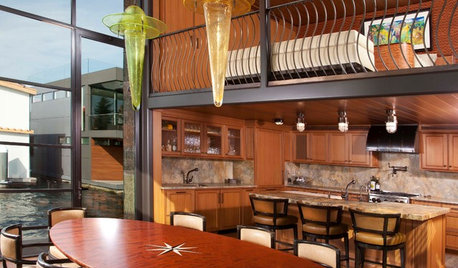
CONTEMPORARY HOMESHouzz Tour: A Bark-Covered Floating Getaway on Lake Union
If the unusual siding doesn’t clue you in to the fine craftsmanship in this floating home, the handmade handrails, lights and furniture will
Full Story
TREESGreat Design Plant: Coral Bark Japanese Maple, a Winter Standout
Go for garden gusto during the chilly season with the fiery red stems of this unusual Japanese maple
Full Story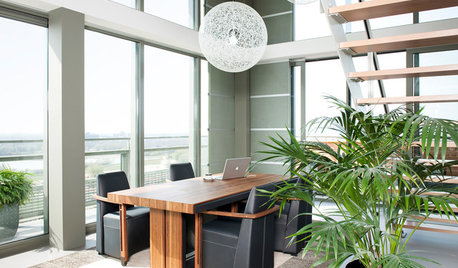
HOUSEPLANTSMeet a Palm That's Fine With Fluorescent Light
Get the look of the tropics without the full-on sun and high humidity — parlor palm tolerates regular indoor conditions with aplomb
Full Story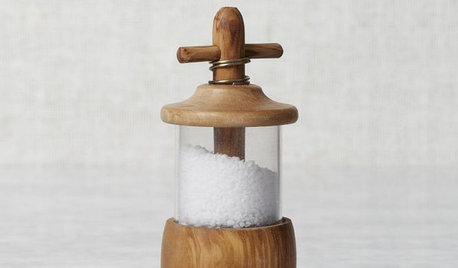
PRODUCT PICKSGuest Picks: Finely Crafted Wood Kitchen Accessories
Bring warmth and a homespun feel to your kitchen and dining room with wood shakers, bowls and other accessories
Full Story
GARDENING GUIDESPlant Black Cherry Trees for the Birds and Bees
Plant Prunus serotina in the Central and Eastern U.S. for spring flowers, interesting bark and beautiful fall color
Full Story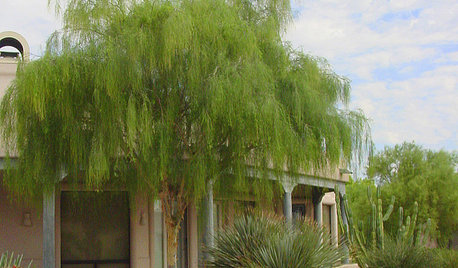
GARDENING GUIDESGreat Design Plant: Palo Blanco Softens Sharp Desert Angles
Willowy foliage and creamy white bark give this tree a delicate beauty, but its constitution is tough
Full Story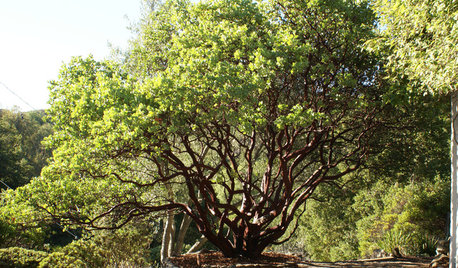
GARDENING AND LANDSCAPINGGreat Design Plant: Manzanita
Winter blooms and spectacular bark make this water-wise tree a worthwhile investment
Full Story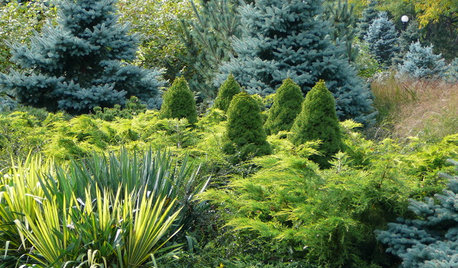
PLANTING IDEASDesigning With Conifers: Layers of Texture for Your Garden
Sharp and prickly or fine like ferns, richly textured conifers bring unexpected interest to the landscape
Full Story
ENTRYWAYSSingle Design Moves That Can Transform an Entry
Take your foyer from merely fine to fabulous with one brilliant touch
Full Story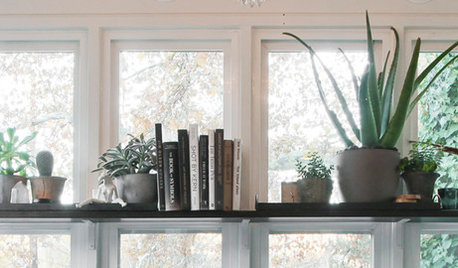
SHOP HOUZZHouzz Products: A Nature Lover’s Reading Nook
Whether you’re researching or just daydreaming, these lamps, accessories and furniture pieces will put you in a fine feather
Full StorySponsored
More Discussions


gardengal48 (PNW Z8/9)
redrhodes
Related Professionals
West Milford Landscape Architects & Landscape Designers · Jennings Landscape Architects & Landscape Designers · Maple Heights Landscape Architects & Landscape Designers · Waterbury Landscape Contractors · Andover Landscape Contractors · Dunwoody Landscape Contractors · Nanuet Landscape Contractors · Natick Landscape Contractors · New Cassel Landscape Contractors · Peachtree City Landscape Contractors · Wayland Landscape Contractors · Cartersville Fence Contractors · Verona Fence Contractors · Wilson Fence Contractors · Santa Fe Fence Contractorsgardengal48 (PNW Z8/9)
schmoo
kjskjsOriginal Author
gardengal48 (PNW Z8/9)